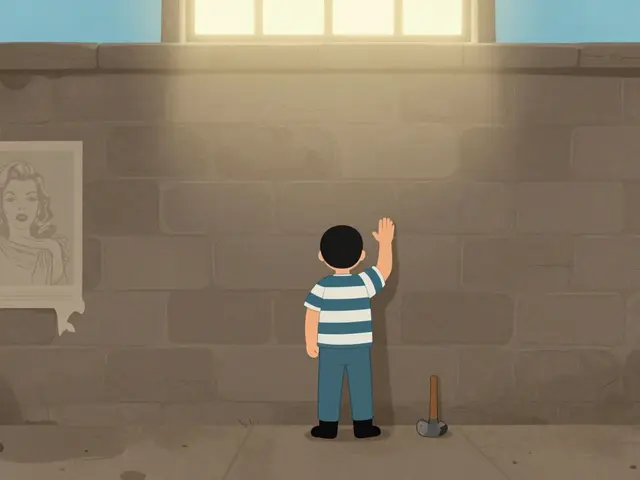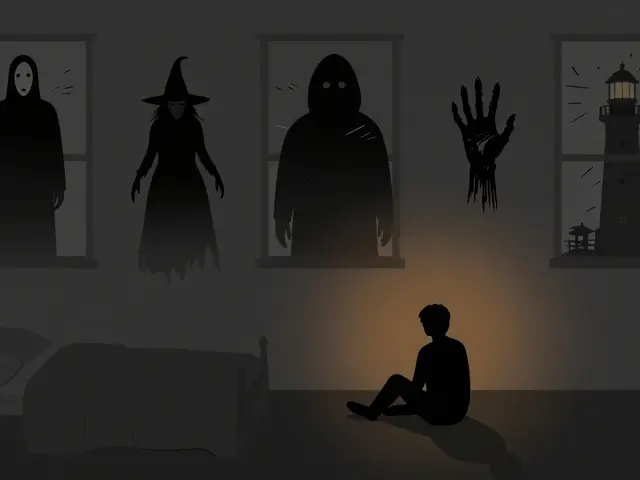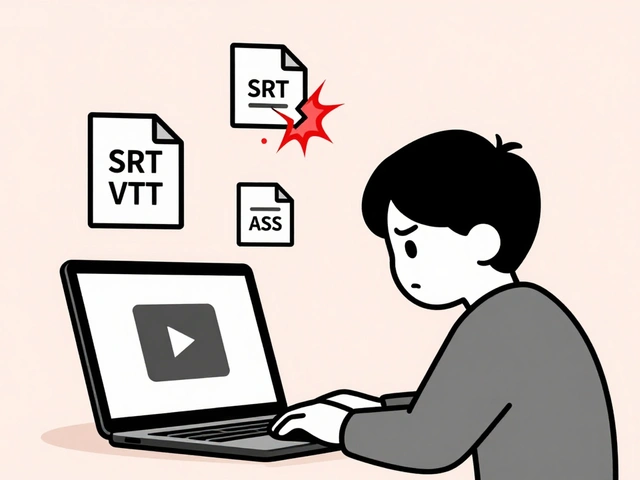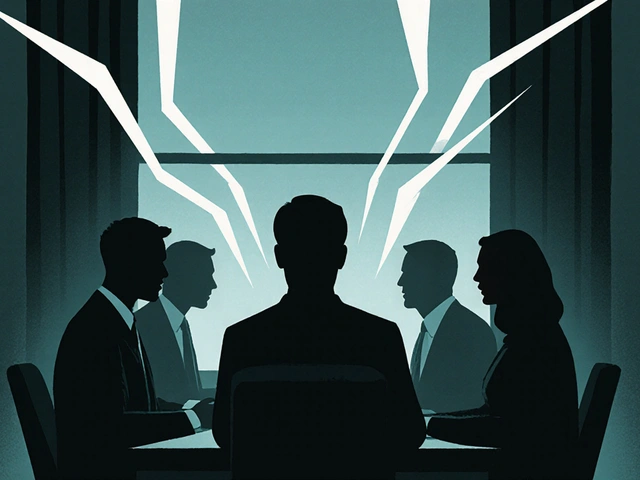Dialogue in Drama: How Real Conversations Shape Powerful Stories
When you think of dialogue in drama, the spoken words between characters that reveal emotion, conflict, and motivation in film, TV, or theater. Also known as character dialogue, it's not just what people say—it's what they're hiding, what they’re afraid to say, and how silence speaks louder than words. Great dialogue doesn’t sound like a textbook. It doesn’t explain everything. It breathes. It stumbles. It interrupts. Think of the tense silence before a character finally says, "I didn’t kill him," or the way a parent says, "I’m fine," when they’re anything but. That’s where drama lives.
Dialogue in drama works because it’s tied to screenplay writing, the craft of building stories through action and spoken lines, not narration. A good script doesn’t tell you a character is angry—it shows them slamming a door, then whispering, "You always do this." It doesn’t say they’re broke—it shows them counting coins in their pocket while ordering coffee. This is why film dialogue, the specific type of dialogue used in movies to advance plot and define personality. must feel real, even in fantasy or sci-fi. Audiences don’t care if the lines are poetic—they care if they’re truthful. Look at the way Tony Soprano talks to his therapist: half-confession, half-deflection. That’s not just writing. That’s psychology in motion.
And it’s not just about what’s said—it’s about what’s left out. dramatic dialogue, dialogue designed to heighten tension, reveal hidden stakes, or trigger emotional turning points. often uses subtext. Two people arguing about the weather? Really, they’re arguing about trust. A mother asking, "Did you eat?"—she’s asking, "Are you still alive?" This is why the best dialogue feels like eavesdropping on real life. It’s messy. It’s inconsistent. It’s full of pauses, lies, and half-truths.
What you’ll find in the posts below isn’t a list of perfect lines. It’s a collection of real-world examples, tools, and techniques that show how dialogue shapes stories you can’t look away from. Whether you’re writing a script, editing a scene, or just trying to understand why a certain movie stuck with you, these posts break down how dialogue works—not in theory, but in practice. You’ll see how the most powerful moments aren’t shouted. They’re whispered. And they’re written with purpose.
3
The Power of Dialogue in Drama: How Aaron Sorkin and Quentin Tarantino Redefined Screenwriting
Explore how Aaron Sorkin and Quentin Tarantino use dialogue to reveal character, build tension, and create unforgettable drama-without relying on action or spectacle.
Latest Posts
Popular Posts
-
 Four Weddings and a Funeral Review: Why It’s Still the Gold Standard of ’90s Rom-Coms
Four Weddings and a Funeral Review: Why It’s Still the Gold Standard of ’90s Rom-Coms
-
 IMDb’s Top 250 Explained: Why The Shawshank Redemption Still Reigns
IMDb’s Top 250 Explained: Why The Shawshank Redemption Still Reigns
-
 Special Effects vs. Visual Effects: What’s the Difference in Movie Magic
Special Effects vs. Visual Effects: What’s the Difference in Movie Magic
-
 Best Horror Movies on Streaming Services Right Now
Best Horror Movies on Streaming Services Right Now
-
 Why Subtitles Aren't Working: Fix Common Video Text Issues
Why Subtitles Aren't Working: Fix Common Video Text Issues



